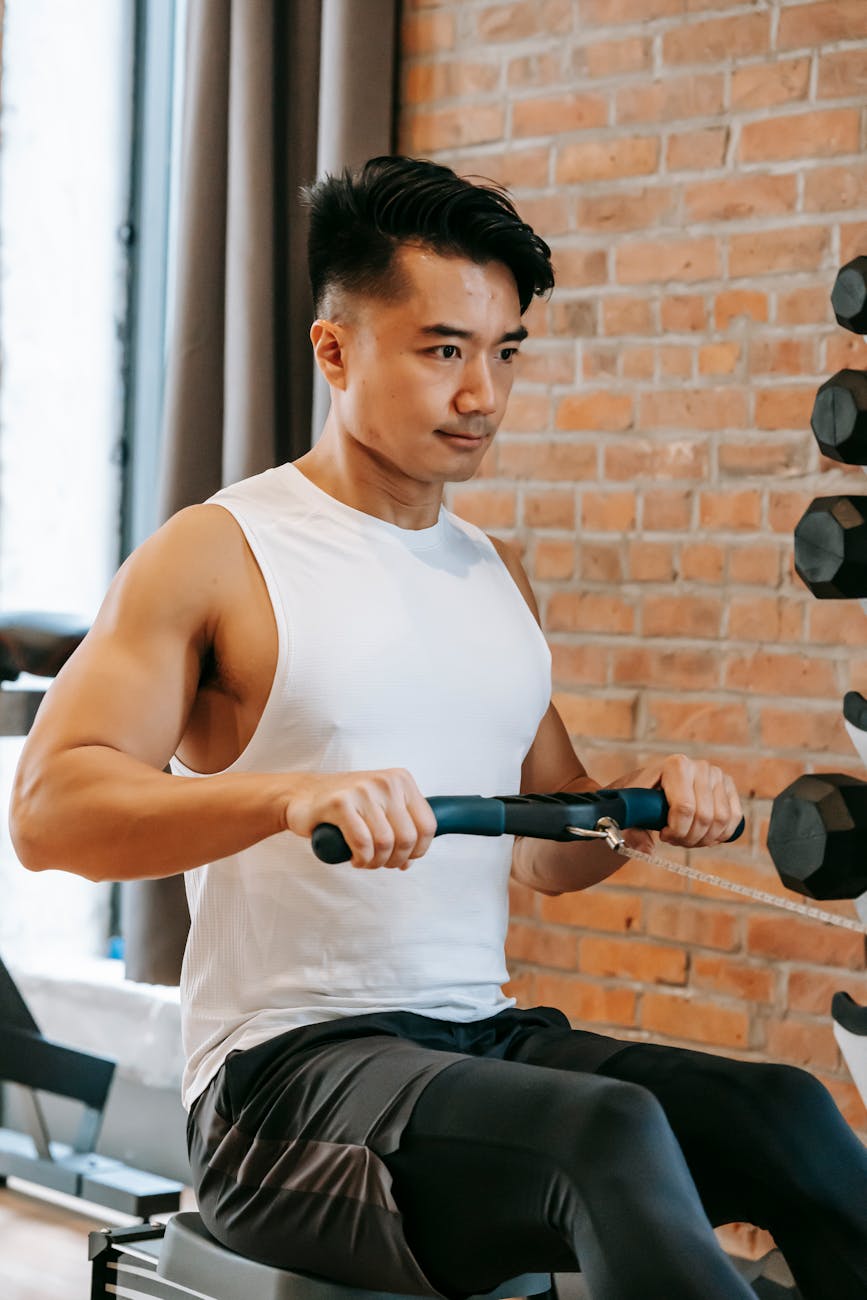6 Fundamental Movement Patterns
- DEW
- Mar 22
- 3 min read
Building a well-rounded physique and enhancing overall athletic performance requires a training program that addresses all major movement patterns. These fundamental movement patterns are essential for daily function and form the basis of most athletic activities. By incorporating exercises that target each pattern, you can develop balanced strength, improve muscle growth, and enhance your overall athleticism.
Squat Movement Pattern:

Description: The squat involves bending at the knees and hips to lower your body towards the ground, then returning to a standing position.
Key Muscles Worked: Quadriceps, hamstrings, glutes, core.
Example 1: Back Squat: A classic compound exercise that targets the lower body effectively.
Example 2: Goblet Squat: A beginner-friendly variation that improves core stability and promotes proper squat technique.
Hinge Movement Pattern:

Description: The hinge movement involves hinging at the hips, moving the torso backwards while maintaining a relatively straight back.
Key Muscles Worked: Hamstrings, glutes, lower back (erector spinae).
Example 1: Deadlift: A fundamental exercise that builds overall strength and power.
Example 2: Romanian Deadlift (RDL): A variation that primarily targets the hamstrings.
Horizontal Push Pattern:
Description: This pattern involves pushing a weight away from the body in a horizontal plane.
Key Muscles Worked: Chest (pectoralis major), shoulders (anterior deltoids), triceps.
Example 1: Bench Press: A classic upper body exercise that builds chest and triceps strength.
Example 2: Push-ups: A bodyweight exercise that can be modified to suit different fitness levels.
Horizontal Pull Pattern:

Description: This involves pulling a weight towards the body in a horizontal plane.
Key Muscles Worked: Back (latissimus dorsi, rhomboids, trapezius), biceps.
Example 1: Rows (Barbell Rows, Dumbbell Rows): Various row variations target different areas of the back.
Example 2: Bodyweight rows: A challenging bodyweight exercise that develops back and arm strength.
Vertical Push Pattern:
Description: This involves pressing a weight overhead.
Key Muscles Worked: Shoulders (deltoids), triceps.
Example 1: Overhead Press: A compound exercise that builds shoulder strength and stability.
Example 2: Handstand Push-ups: A challenging bodyweight exercise that develops upper body strength and core stability.
Vertical Pull Pattern:
Description: This involves pulling a weight towards the body in a vertical plane.
Key Muscles Worked: Back (latissimus dorsi), biceps.
Example 1: Pull-ups: A classic exercise that targets the back and biceps.
Example 2: Lat Pulldowns: A machine-based exercise that allows for easier progression for beginners.
Benefits of Training Movement Patterns:
Balanced Muscle Development: By incorporating exercises from each movement pattern, you ensure that all major muscle groups are adequately trained, leading to a more balanced and symmetrical physique.
Improved Athletic Performance: These movements are fundamental to most athletic activities, from sprinting and jumping to throwing and catching.
Enhanced Functional Strength: Strong movement patterns translate to improved functional strength in everyday activities, such as lifting, carrying, and reaching.
Reduced Injury Risk: By strengthening the core and improving overall body control, you can reduce the risk of injuries.
Important Considerations:
Proper Form: Prioritize proper form and technique over the amount of weight lifted.
Progressive Overload: Gradually increase the weight, repetitions, or sets to continue challenging your muscles and promoting growth.
Listen to Your Body: Rest when needed and avoid pushing yourself too hard, especially when starting.
Consult with a Professional: If you are new to strength training or have any health concerns, consult with a qualified personal trainer or fitness professional for guidance.
By incorporating these six fundamental movement patterns into your training routine, you can build a strong foundation for improved strength, muscle growth, and overall athletic performance. Remember to prioritize proper form, focus on progressive overload, and listen to your body to ensure a safe and effective training experience.
Comentários